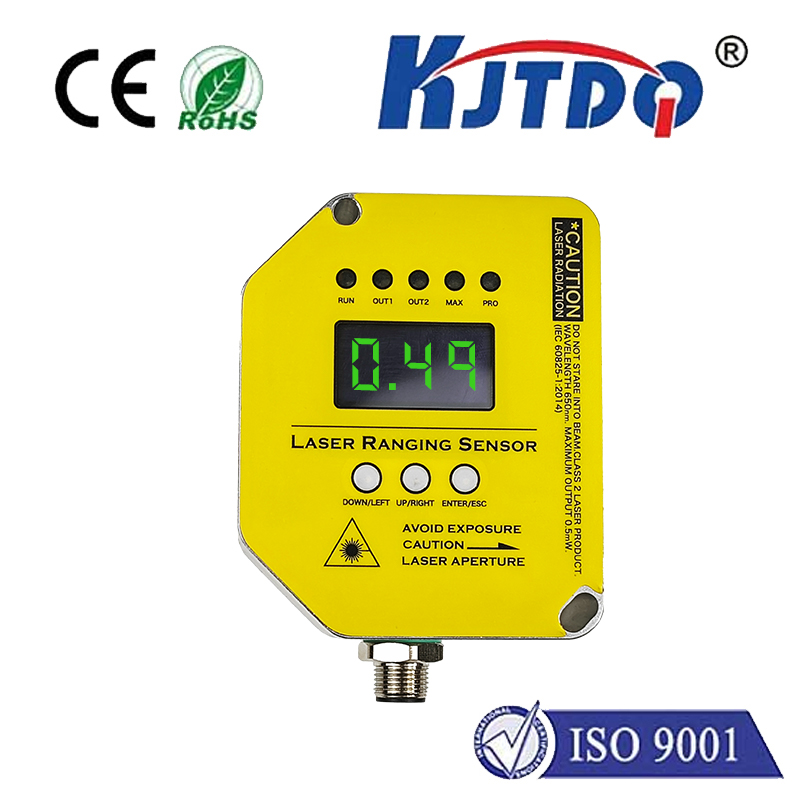
check

check

check

check
Introduction:
WiFi proximity detection has emerged as a groundbreaking technology that offers numerous benefits across various industries. By detecting the presence of nearby WiFi access points, this technology enables seamless connectivity, enhanced security, and improved user experience. In this article, we will delve into the latest advancements and applications of WiFi proximity detection, highlighting its potential to transform the way we interact with technology.
Section 1: The Evolution of WiFi Proximity Detection
Over the years, WiFi proximity detection technology has undergone significant improvements, making it more efficient and accurate. One of the key factors driving this evolution is the increasing use of radio frequency identification (RFID) tags, which can be embedded in devices to provide real-time location information. These tags work by communicating with nearby WiFi access points, allowing for precise positioning and detection of devices within a specific range.
Another contributing factor is the development of machine learning algorithms, which can analyze large volumes of data to identify patterns and predict device behavior. This has led to more advanced predictive analytics, enabling organizations to optimize their networks and improve overall performance.
Section 2: Advanced Applications of WiFi Proximity Detection
The potential applications of WiFi proximity detection are vast and diverse, ranging from industrial and commercial settings to consumer devices and home entertainment systems. Some of the most exciting developments in this field include:
1. Smart Home Integration: With the help of WiFi proximity detection, homeowners can seamlessly control various devices and appliances using voice commands or mobile apps. For example, a smart thermostat can adjust the temperature based on occupancy or weather conditions, while a smart lighting system can be programmed to turn on and off according to schedules or preferences.
2. Asset Tracking: Businesses can leverage WiFi proximity detection to track the movement and location of assets, such as vehicles, equipment, or inventory. Real-time monitoring can improve operational efficiency, reduce theft and loss, and enable better decision-making processes.
3. Emergency Response Systems: In crisis situations like natural disasters or medical emergencies, WiFi proximity detection can be used to quickly locate and assist victims. For example, emergency responders can use Bluetooth Low Energy (BLE) tags attached to victims to triangulate their position within a specific area, allowing for targeted rescue efforts.
Section 3: Challenges and Future Opportunities
Despite its many benefits, WiFi proximity detection still faces some challenges, including privacy concerns, network congestion, and compatibility issues. As the technology continues to evolve, researchers and developers must address these challenges and explore new opportunities for innovation. Some potential areas of focus include:
1. Improved Privacy: To address privacy concerns, developers must ensure that user data is collected and stored in an encrypted and secure manner. This may involve implementing additional security measures such as biometric authentication or encryption protocols.
2. Network Optimization: To avoid network congestion and improve performance, designers must develop algorithms that efficiently distribute data between devices and optimize network bandwidth utilization. This may involve leveraging other technologies such as edge computing or software-defined networking.
Conclusion:
WiFi proximity detection is a game-changing technology that has the potential to revolutionize various industries by enhancing connectivity, improving security, and creating new opportunities for innovation. As researchers continue to refine this technology, we can expect to see even more advanced applications emerge in the future, paving the way for a more connected and efficient world.









